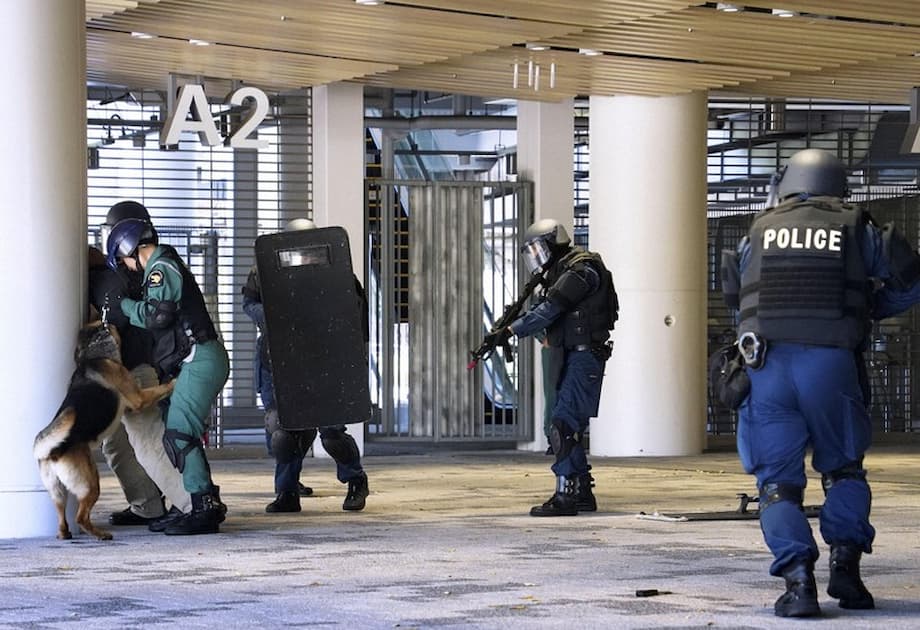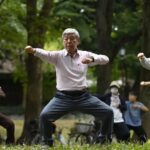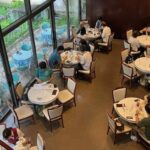A city on alert as global athletics returns to Tokyo
Tokyo has tightened security as the World Athletics Championships open at the Japan National Stadium, the event’s first return to the city in 34 years. Over nine days from Saturday to 21 September, more than 2,000 athletes from nearly 200 teams will compete in front of large crowds, with Emperor Naruhito and other members of the imperial family expected to attend. The championships combine packed evening sessions inside the 67,000 plus seat stadium with major road events across the capital, drawing intense public interest and a comprehensive safety operation.
Police are boosting patrols around transport hubs, fan zones, and the stadium perimeter, with a focus on suspicious objects and behavior. Vehicle and pedestrian traffic will be controlled in designated areas, and anyone entering the stadium must pass through security checkpoints where bags and other belongings are inspected. Officers are also assigned to patrol inside the venue to monitor aisles and concourses. For events on city streets, authorities plan layered security that includes course sweeps and canine units along the marathon and race walk routes, a precaution influenced by lessons learned from past incidents such as the 2013 Boston Marathon bombing.
Organizers have also altered schedules to reduce heat risks that have gripped Tokyo in recent weeks. The men’s and women’s 35 km race walk and both marathons will start 30 minutes earlier, at 7:30 a.m. Temperatures of 31 to 34 degrees Celsius and high humidity are forecast across the opening days, and the local organizing committee has framed these changes as a health and safety priority. Along the marathon course, 185 water spots have been set up for athletes. Shade structures, cooling tents, and medical teams will be on hand for participants and spectators, a setup that also reshapes how security teams deploy at dawn across multiple locations.
What police are doing around the National Stadium
The Tokyo Metropolitan Police Department has put visible and plainclothes officers in and around the National Stadium, at nearby train stations, and along the walkways that funnel spectators to the venue. Entry screening lines have been planned for predictable peaks before evening sessions and marquee finals. Security staff will enforce stadium terms and conditions, including inspections of bags and personal items at checkpoints before ticket scanning. Attendees can expect longer queues during end of week finals and on the day of the opening ceremony when dignitaries are present.
Outside the gates, traffic restrictions will be used to keep pick up and drop off areas clear and to maintain emergency access. Officers are asking the public to report unattended items promptly. Volunteers and stewards will direct flows on bridges and footpaths near the stadium to avoid bottlenecks after session end times. Medical first responders are positioned inside the stands to respond quickly to heat illness, trips and falls, and other issues that come with large crowds in warm conditions.
Road races bring unique security challenges
Marathons and race walks present a very different safety picture compared to a single venue event. The course covers many kilometers of public streets and passes through varied neighborhoods, which calls for layered measures. Police plan route sweeps with canine teams before athletes arrive, crowd barriers at congested points, and restrictions on cross traffic at designated intersections. The start and finish zones typically feature stadium like screening and secure perimeters, while the rest of the route uses a mix of barriers, fencing, and monitored spectator areas where space allows.
Because the weekend road events now begin at 7:30 a.m., security and medical teams will mobilize across the city well before sunrise. Heat countermeasures are built into the plan. The marathon will feature 185 hydration points for athletes, additional misting and ice in team areas, and medical stations staffed to respond to heat stress. Coordinators will watch crowd density in sun exposed pockets, where police and volunteers can guide spectators to shaded sections or rest tents that are part of the event footprint.
Heat, health, and schedule shifts
Tokyo has endured a record hot early September, with average highs around 33 degrees Celsius and high humidity. In the previous month, thousands of residents were transported to hospitals for heat stroke, a reminder that environmental risks extend beyond the field of play. Athletics organizers rely on the Wet Bulb Globe Temperature scale, which blends temperature, humidity, wind, sun angle, and cloud cover to gauge heat stress. In stadium and road settings, a WBGT of 25 degrees prompts caution, 28 degrees triggers a severe warning, and 30 degrees or higher is classed as dangerous. These thresholds inform start time changes, on course hydration layouts, and the locations of cooling areas for both athletes and fans.
Beyond adjustments to race schedules, organizers have added shade tents made from radiative cooling materials near the warm up track and public zones. Volunteers and staff will wear watch style devices that estimate core body temperature and issue an alert at risky levels, while first responders will patrol the stands to spot early signs of heat illness. In the stadium, public address messages and screens will encourage hydration, breaks in shaded areas, and the use of event cooling points. These health measures do more than protect spectators and competitors, they also reduce the likelihood of large numbers of simultaneous medical calls that can overwhelm an event command center.
World Athletics president Sebastian Coe has been candid about the climate challenge facing outdoor sport. Speaking about the heat risk around the championships, Coe said the federation would act decisively to protect athletes even if broader policy falls short. He added that sport leaders may need to make unilateral choices to keep competitors safe. He said:




